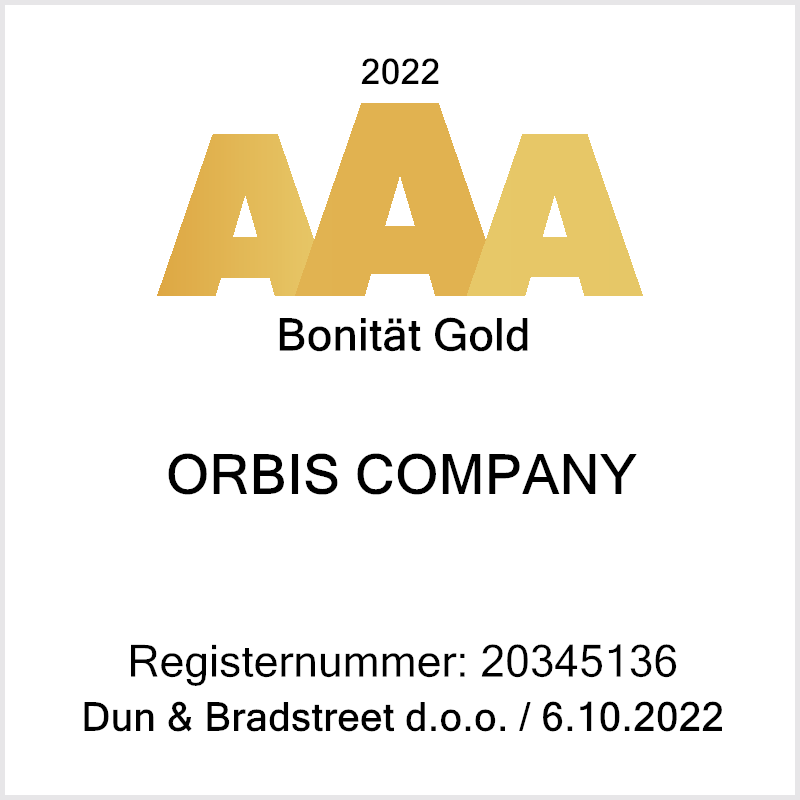Day I –
We’d better leave around 7:00. Since check-in at the hotel in Budapest is at 15:00, let’s use the time to go to the picturesque town of Szentendre, which is close to Budapest and is popular for tourist trips. In the 18th century, Saint Andrew was dominated by rich Serbian families and the city was the most important center of Serbian culture. Architecture from that time, Serbian churches that are still active, and the Mediterranean spirit brought by Dalmatian Croats, still give this city a specific charm. Now it is a city of artists who have received certain privileges there. After 2-3 hours in Sant’Andreja, we go to Budapest to the hotel. The hotel is in the bourgeois district of Ujlipotvaros, right behind the Vigszinhaz theater. The nearest metro station is Nyugati palyaudvar, near the railway station.
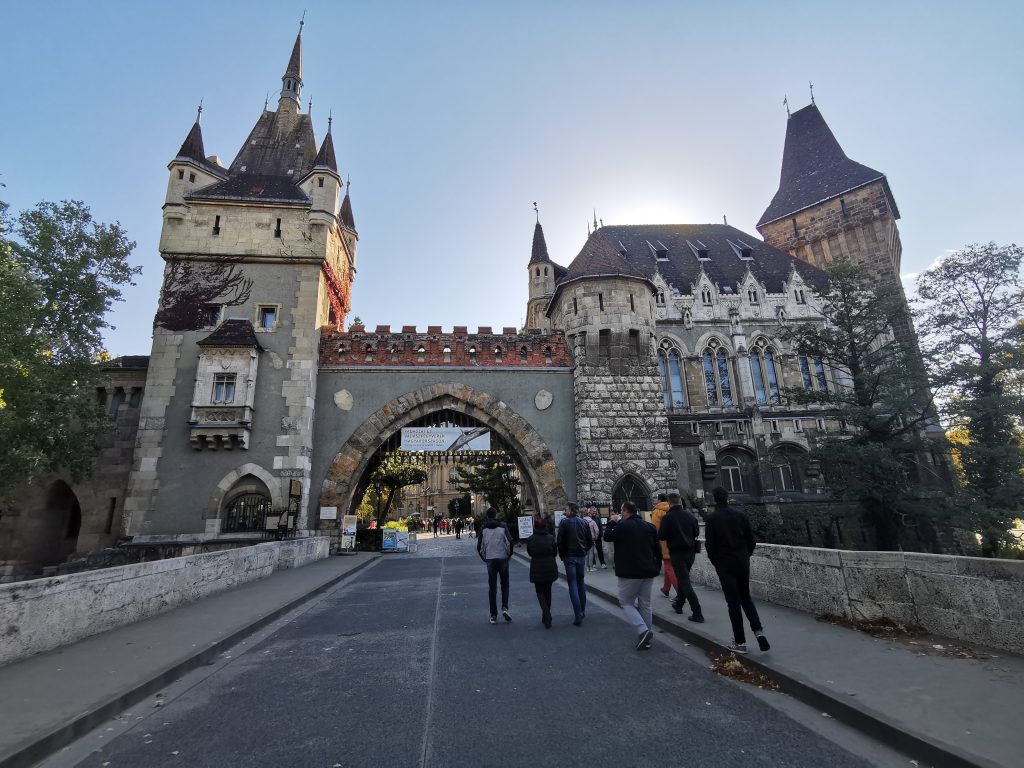
In the afternoon we walk to the central area of the city: First to the nearby Nyugati railway station (1877, Eiffel company) and then along Honved Street, across Freedom Square to Zrinjsko Street and the Basilica of St. Istvana After that to the Danube bank to Szechenyi Square, next to the Art Nouveau Gresham Palace (today the Four Seasons Hotel), then to Verešsmarti Square to Vaci Street. It’s a weekday, shops are open. From there we go to the VII district, the former Jewish quarter.
Hungarian Jews were the world’s intellectual elite. Ideologically, they were divided into modern (neolog), traditional and orthodox, and the synagogues of all three communities are close to each other in this quarter. The Great Synagogue in Duvanska Street (Dohany utcai zsinagoga), was built in the Moorish style for Neolog Jews. It used to be the largest in the world, and today it is the largest in Europe and the second-third in the world.
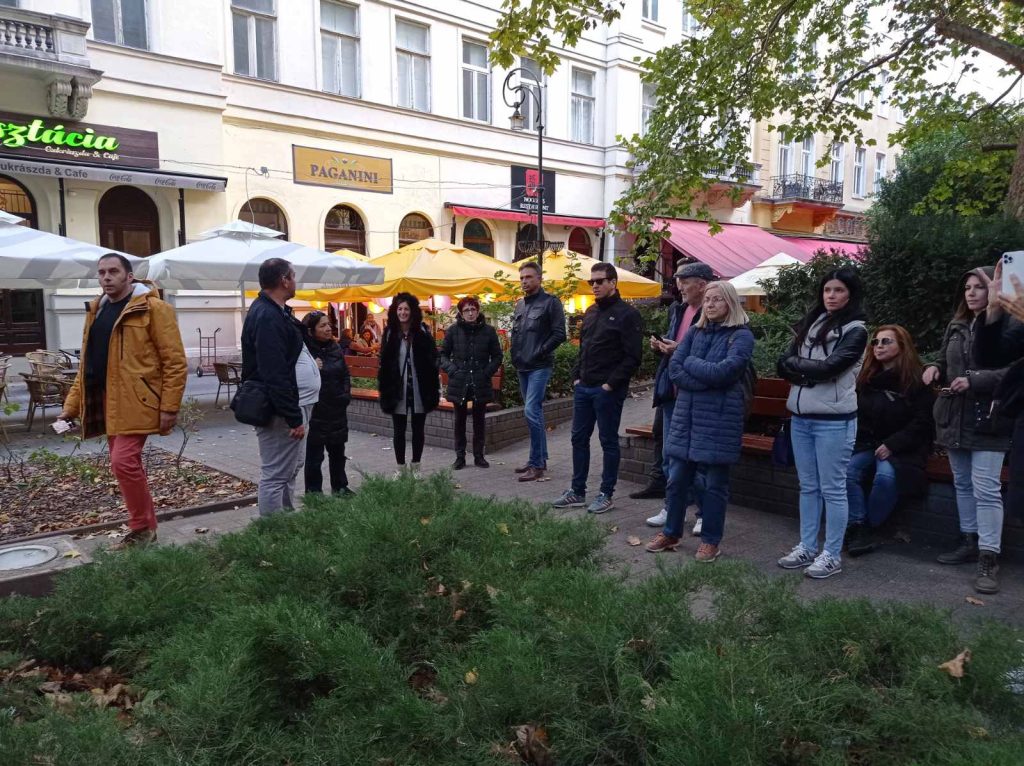
Right next to it is the Jewish Museum on the site of the former house of Theodor Herzl, the founder of modern Zionism. In the nearby Rumbach Street there is a traditionalist synagogue (Moorish style), and in Kazinczy Street there is an orthodox synagogue (Secession).
Today, the VII district is known as the center of nightlife due to the multitude of pubs and bars, especially in the complex of buildings “Gozsdu udvar” and Szimpla kert, which is also a suggestion for an evening out.
Day II –
This day is a national holiday in Hungary, Republic Day, in commemoration of the failed rebellion against the Soviet authorities in 1956. It is possible that there will be some manifestations on that occasion, especially in front of the Parliament or on Heroes’ Square, because there are also monuments to the insurgents.
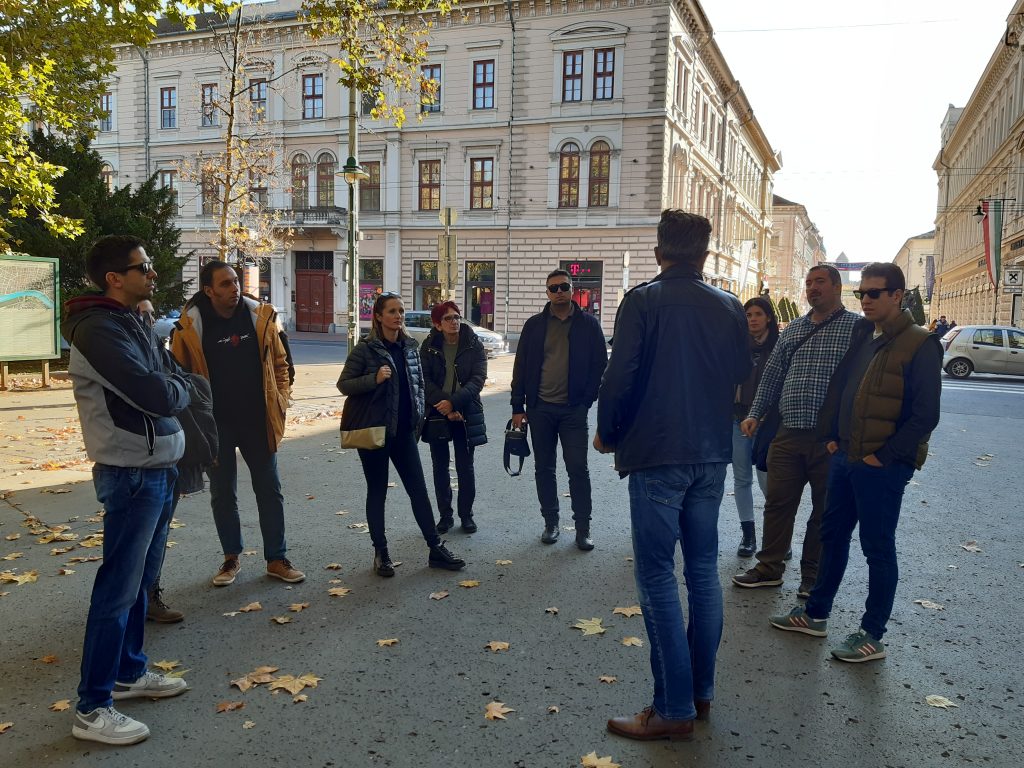
After breakfast, we walk to the neo-Gothic Parliament building on Kosut Lajoša Square, although the main facade overlooks the Danube. On the square, around the parliament and on the facade are monuments to figures from Hungarian history.
From there we take the metro, first line 2 to the Deak Ferenc ter station, then the historic line 1 (completed in 1896 as the second oldest metro in the world) under Andrassy Avenue to the Szechenyi furdo station. Szechenyi Furdo is the most famous and probably the largest thermal bath in Europe.
From there, we return on foot along Andraši Avenue towards the city center with occasional detours into the surrounding streets. Most of the embassies are located in the area south of Heroes’ Square, and Varosligheti Fasor Street is particularly elegant, where the Lutheran High School is located, at one time the best high school in the world. Andrasi Avenue and metro line 1 are on the UNESCO World Cultural Heritage List. Along the way, you pass the City Park with replicas of medieval castles, Heroes’ Square, Oktogon Square, Liszt Ferenc Square with a music school, the House of Terror (a torture chamber during fascism and communism), as well as the building of the Hungarian State Opera House, one of the most magnificent in the world. When we get to the center (Deak Ferenc ter) – free time.
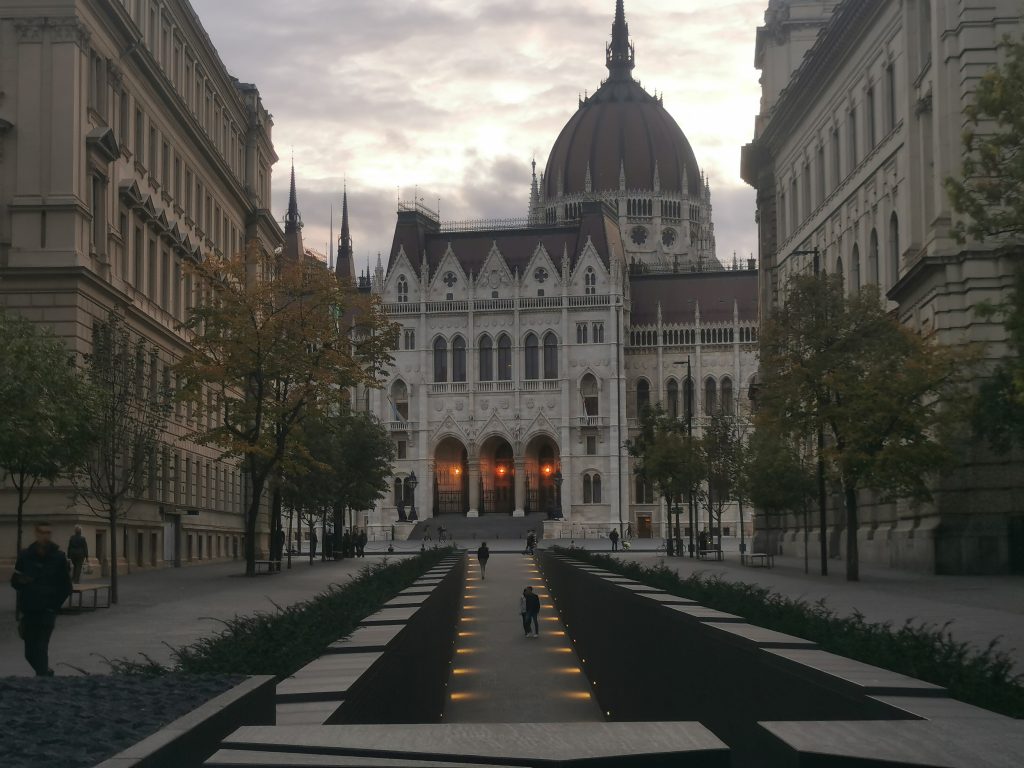
Day III –
After breakfast, we walk for coffee to the Gerbeaud pastry shop on Verešsmarti Square, and then walk past the Gresham Palace over the chain bridge to the Buda side of the Danube. Since the funicular is probably not working due to maintenance, we walk along Hunyadi Janos Street to the Buda Fortress, where there are numerous attractions such as the Fisherman’s Bastion, the Gothic Macaš Church, the Royal Palace (today a museum), medieval streets, viewpoints, the museum-pharmacy “Arany sas” from the 17th century. century, Biedermeier-style patisserie and much more.
The rest of the day is free.

Day IV –
After breakfast, we go by car to the Starpark Parkolo parking lot in Bogdanfy Street on the Buda side. From there we go to the elegant Gellert Hotel with a thermal bath. From the outside, you will only be able to see the outdoor swimming pool, which is not open at that time of the year, but it is possible to enter the ticket buying area to see at least part of the magnificent atmosphere of the top Secession. Nearby is another thermal bath, Rudaš, which was built by the Turks in the 16th century and is still in use. We walk across the Freedom Bridge to the Great Market from the end of the 19th century, where Vaci Street ends. One hour for shopping, then again across the bridge to the parking lot and we go to Szeged, the second most beautiful city in Hungary, where we would spend 2-3 hours.
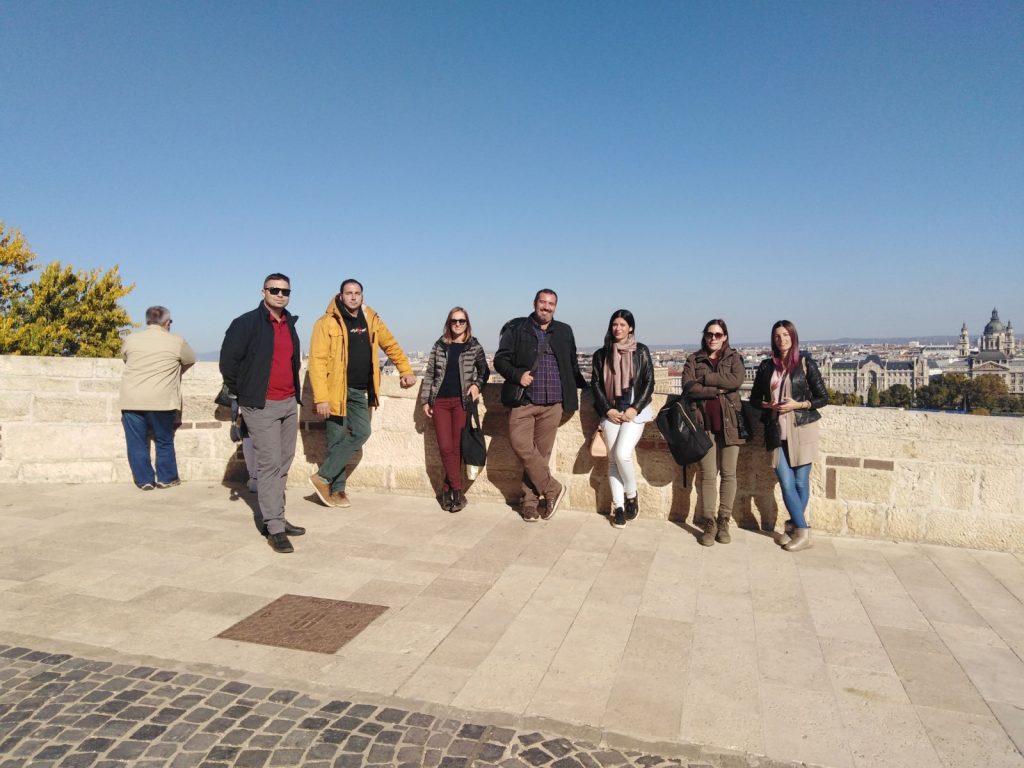
Szeged got its present appearance when it was rebuilt after the flood of the 1880s. The Szeged synagogue is one of the few largest in the world, designed in a mix of styles. The architect is Lipot Baumhorn, who was also active in Novi Sad (Menrat Palace, synagogue). The synagogue is neological, as well as those from Novi Sad and Subotica. Among the secessionist buildings, the most interesting are Roek Palota (arch. Magyar Ede) and Count Palota, Subotican architect Reichle Ferenc.
The famous Szeged chestnut puree and fish soup are recommended.
